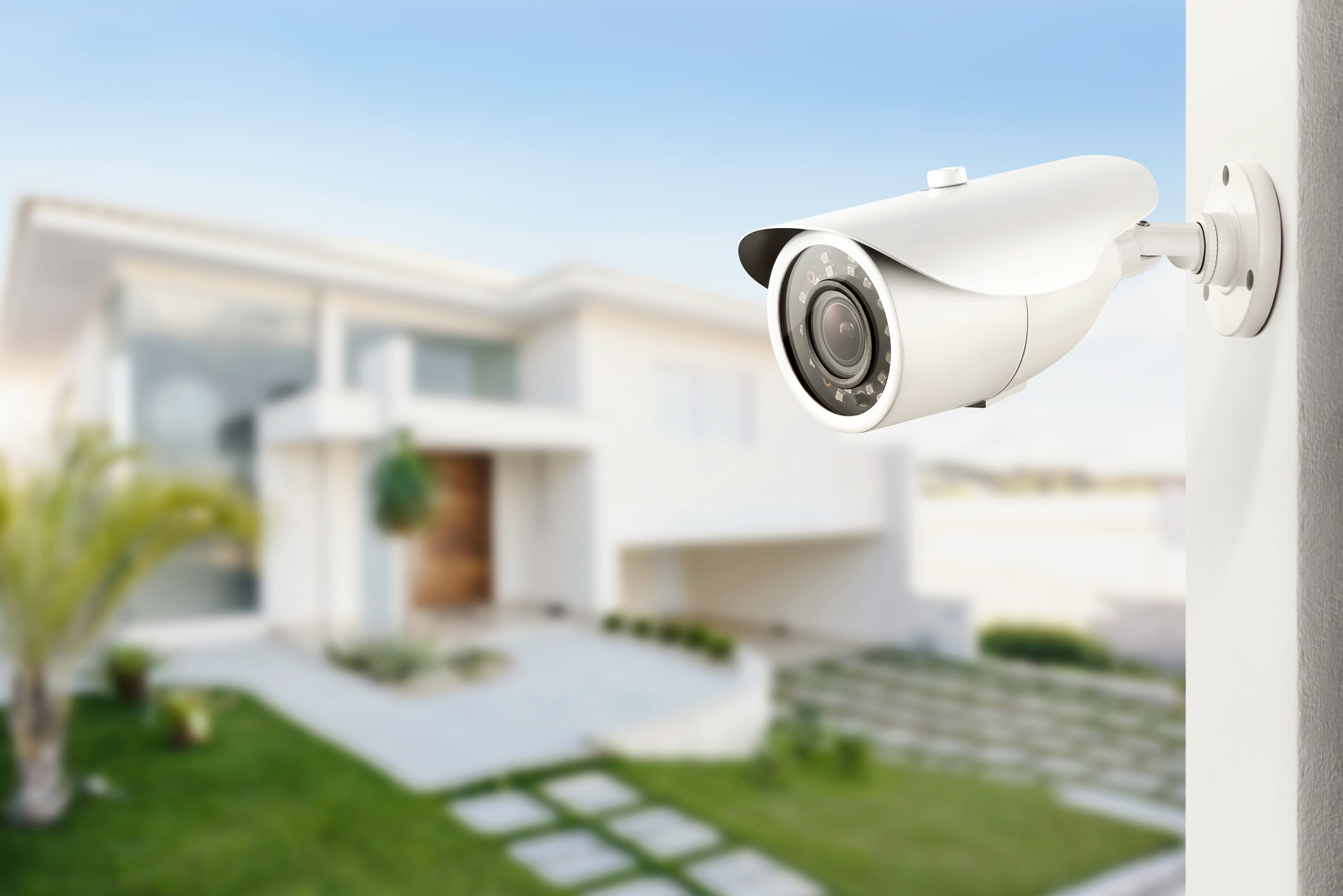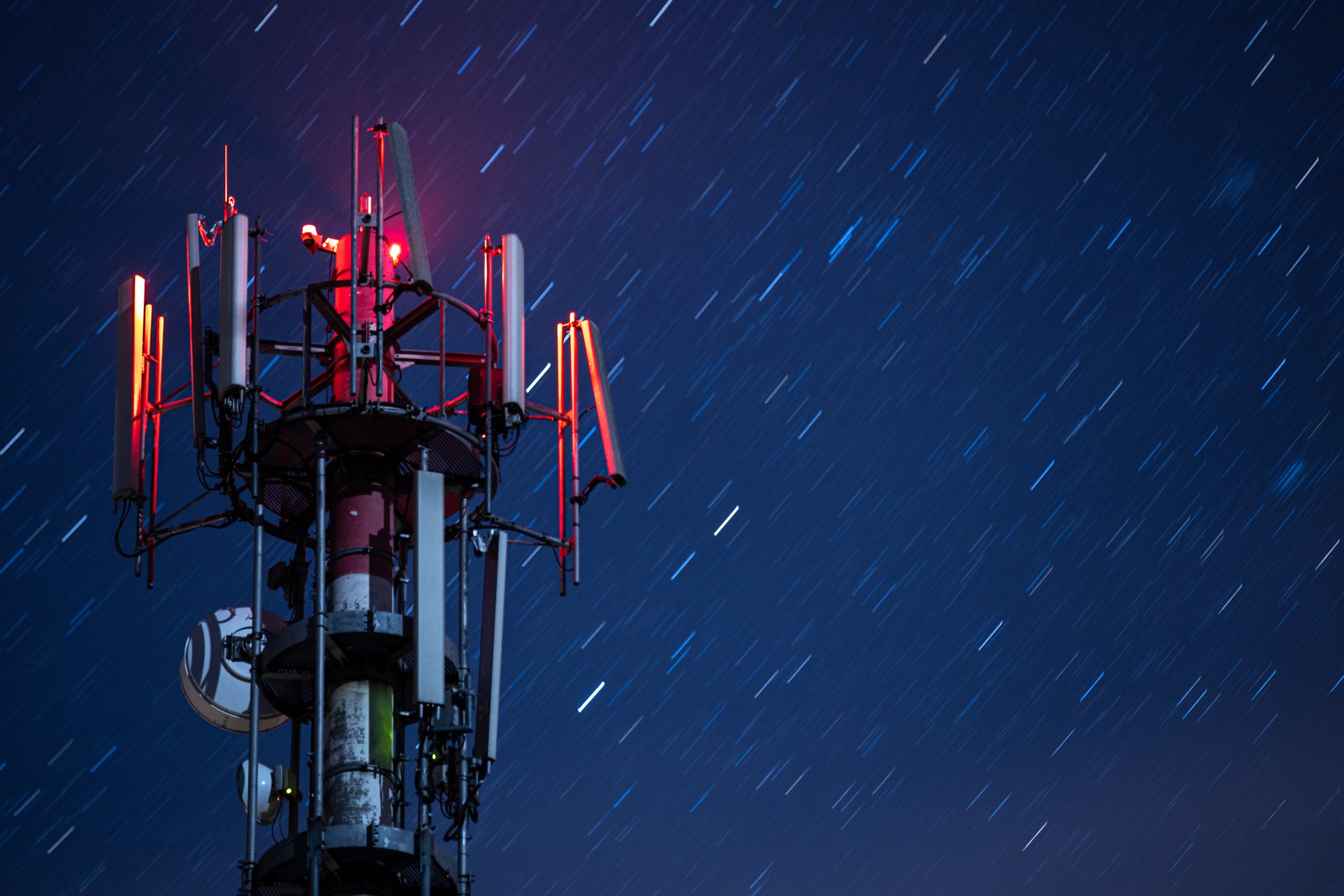
- December 2025 (2)
- November 2025 (2)
- October 2025 (3)
- September 2025 (3)
- August 2025 (3)
- July 2025 (2)
- June 2025 (3)
- May 2025 (3)
- April 2025 (3)
- March 2025 (2)
- February 2025 (1)
- December 2024 (2)
- November 2024 (1)
- August 2024 (2)
- June 2024 (3)
- May 2024 (3)
- April 2024 (1)
- March 2024 (3)
- February 2024 (2)
- January 2024 (2)
- December 2023 (1)
- November 2023 (2)
- October 2023 (2)
- September 2023 (1)
- August 2023 (1)
- July 2023 (2)
- June 2023 (3)
- May 2023 (2)
- March 2023 (4)
- January 2023 (2)
- November 2022 (2)
- September 2022 (1)
- August 2022 (2)
- July 2022 (2)
- June 2022 (1)
- May 2022 (1)
- April 2022 (3)
- March 2022 (1)
- February 2022 (3)
- January 2022 (2)
- December 2021 (1)
- November 2021 (1)
- October 2021 (2)
- September 2021 (3)
- August 2021 (1)
- July 2021 (3)
- May 2021 (2)
- April 2021 (2)
- March 2021 (2)
- February 2021 (3)
- January 2021 (3)
- December 2020 (1)
- October 2020 (1)
- August 2020 (1)
- August 2019 (1)
- January 2019 (2)
- September 2018 (5)
- June 2018 (1)
- November 2017 (1)
- September 2017 (1)
- July 2017 (1)
- May 2017 (1)
- January 2017 (1)
- October 2016 (2)
- August 2016 (1)
- July 2016 (1)
- June 2016 (1)
Subscribe by email
LTE-M (and NB-IoT) are new network technologies that fall under the classification of LPWAN, or low-power wide area networks. You may be wondering, "why are so many companies starting to make a big deal about these technologies?"
Well, these network technologies, specifically designed to support IoT use cases, will enable a new generation of solutions for vertical categories like Oil & Gas, Utilities, Agriculture and Smart Cities, just to name a few.
This is because of...
- Enhanced Coverage: Unlike existing 3G technologies, many of the LTE-M and NB-IOT enabled products will use 4G spectrum in the lower 700 and even 600 Mhz frequencies. This will enable LTE-M to offer better service for reaching IoT devices located in buildings with traditionally thick walls (certain hospital rooms for example) or other areas that normally have coverage issues.
- Longer batter life: Again, thanks to the design of low-power networks like LTE-M, longer battery life for IoT devices can definitely be expected. However, it’s not just the lower power networks themselves that enable this, but how companies optimize their IoT solutions to connect to networks, how often they get them to do so, and what types of data they are passing through that will all impact battery life. In theory, these networks could enable devices to last for years - even almost a decade, on a single battery - assuming the developer architected the entire solution correctly. it is safe to say that companies will definitely see devices that last months, if not longer between charges or battery swaps.
- Lower-cost cellular modules: The importance here cannot be overstated, because lower-cost cellular modules means, in many cases, a lower overall cost of IoT devices, enabling developers and OEMs to consider the option of always-on connectivity in IoT solutions and applications not previously possible - due to relatively high upfront costs. Some of these applications could include telematics, Point of Sale (POS) terminals, gas & water meters, soil monitoring devices, HVAC lighting and parking controls. While some of these are not technically "new" applications, the lower cost for LTE-M cellular modules sets the stage for a much larger number of cellular-enabled IoT deployments, and on a global scale.
- Cost-effective data plans: Not only are LTE-M modules priced competitively, but competitive cellular data plans are being created to further encourage more cellular IoT deployments. This is now possible due to the lower bandwidth requirements that come from LPWAN-enabled devices. These changes can drive new business models, such as bundling prepaid service as part of the initial product purchase or, depending on the use case, for the lifetime of the product. The upshot is that these changes will truly enable companies to embed the connectivity in their products as part of every unit.
- Simplified enablement: No need for end customers to pair with access points, configure with another technology, etc. Just power up the devices and GO.
- Built-In Security: Because LPWAN technologies are based on licensed spectrum, OEMs don't have to worry about rogue devices interfering with their products to create unstable connections. That does not mean that device developers can be lax due to the use of LPWAN technologies, but it does make it more difficult for bad actors to hack the devices, when compared to other types of networks. Zipit has extensive experience to address the security of LPWAN enabled devices.
Thanks to our extensive relationships with global cellular carriers and leading module providers, Zipit is already working with OEMs to enable products that take advantage of these new IoT technologies. If you are evaluating LTE-M as an option for your IoT solutions, or need a partner to help ensure your cellular-enabled IoT solutions succeed, contact us.
You might also like:
Related Content
The latest IoT insights and platform updates from Zipit.
Many IoT devices operate from fixed locations, quietly driving automation, data co...
As billions of connected devices continue to shape modern life, IoT manufacturers ...
The Internet of Things (IoT) is transforming how businesses operate, compete, and ...




